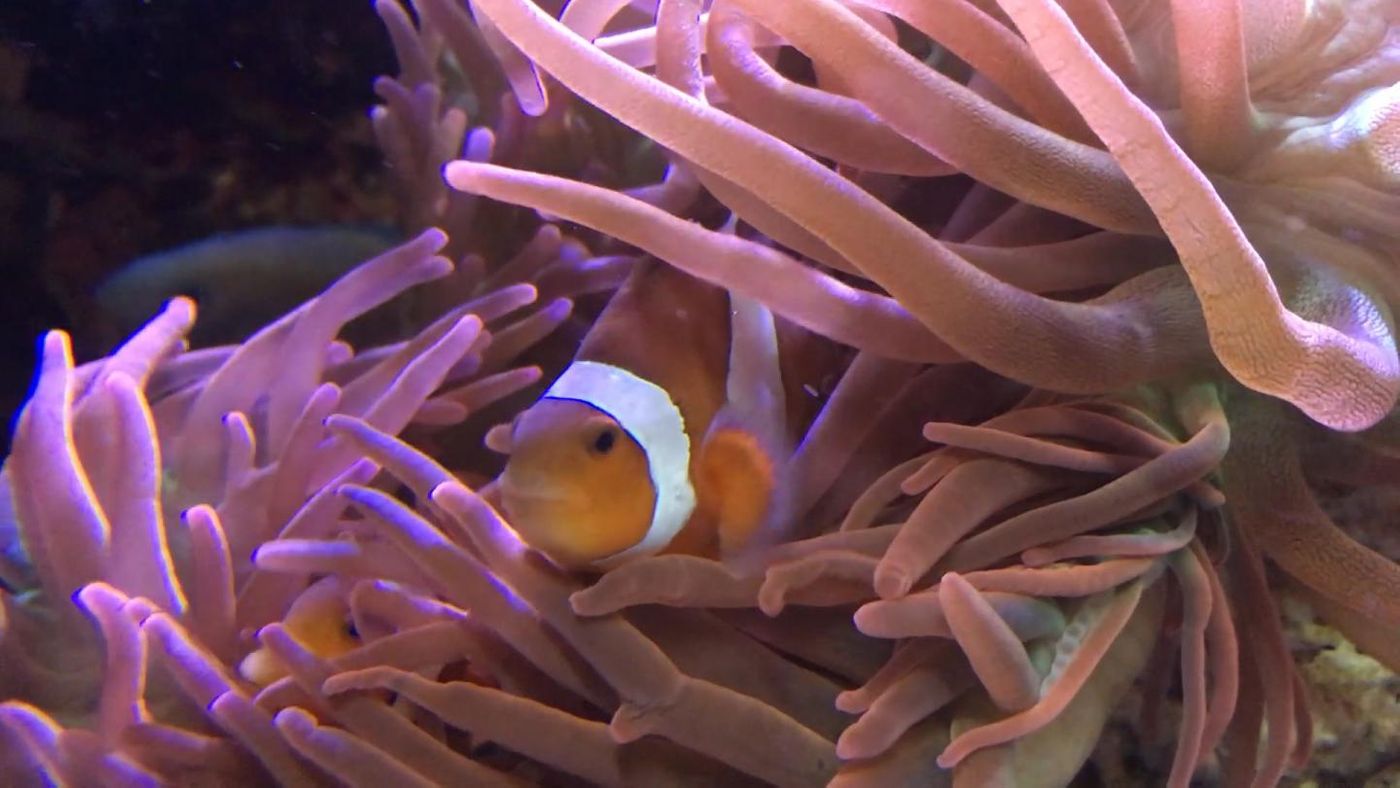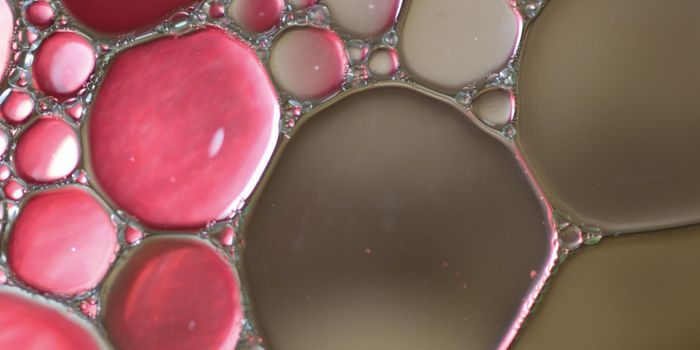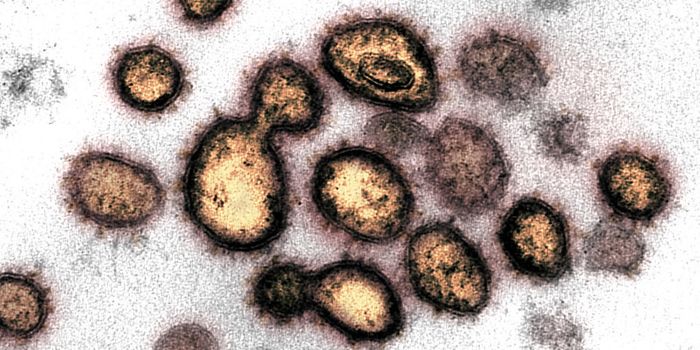Bacteria may Explain the Symbiotic Relationship of Anemones & Clownfish
Sea anemones normally kill and eat fish. But clownfish, like the one in the movie Finding Nemo, can nestle into anemones without getting stung and consumed; the anemones actually protect the clownfish. Researchers have long sought to understand the secret to this symbiotic relationship. Work reported in the journal Coral Reef by scientists at the Georgia Institute of Technology has now shown that when clownfish rub against anemones, the community of microbes that lives on the surface of the fish changes. That bacterial exchange might be a reason why anemones let clownfish rest in their venomous tentacles.
"It's the iconic mutualism between a host and a partner, and we knew that microbes are on every surface of each animal," said the principal investigator of the study, Frank Stewart, an associate professor in Georgia Tech's School of Biological Sciences. "In this particular mutualism, these surfaces are covered with stuff that microbes love to eat: mucus."
For eight weeks, the researchers studied a dozen clownfish that lived in six tanks. When clownfish and anemones come in contact with one another, they swap a lot of mucus. The scientists took samples of that mucus and then used genetic sequencing to identify the microbes that were present within it when the clownfish lived with anemones and when they didn’t. They then compared the microbial species identified in the mucus samples under the two different conditions.
"Their microbiome changed," revealed Zoe Pratte, a postdoctoral researcher in Stewart's lab and first author of the study. "Two bacteria that we tracked in particular multiplied with contact with anemones."
"On top of that, there were sweeping changes," noted Stewart. "If you looked at the total assemblages of microbes, they looked quite different on a clownfish that was hosted by an anemone and on one that was not."
A variety of explanations, like mucus thickness, immune antigens or chemical exchange have been proposed to explain the symbiosis between anemones and clownfish. This work is a new way of thinking about the mystery.
"It's a first step that's asking the question, 'Is there part of the microbial relationship that changes?'" Stewart said. This work indicates that yes, there are changes.
"The anemone may recognize some chemical on the clownfish that keeps it from stinging," Stewart said. "And that could involve microbes. Microbes are great chemists."
It remains to be seen whether the microbes on the fish are changing because of the anemones. It may be the contact that alters the microbiome or some as-yet-undetermined factor.
Researchers have also found that clownfish can change genders when living in an anemone. "When they start being hosted, the fish make a big developmental switch," Stewart said. "The first fish in a group that establishes itself in an anemone in the wild transitions from male to female, grows much bigger and becomes the dominant member of the group."
There is a benefit for the anemones too; they seem to grow larger and healthier when they are exposed to clownfish urine.
"When the fish pee, algae in the anemone take up the nitrogen then secrete sugars that feed the anemone and make it grow," Pratte explained. "Sometimes the fish drop their food, and it falls into the anemone which eats it."
The researchers are continuing their study of the relationship. They want to learn more about mucus chemistry next.
Sources: AAAS/Eurekalert! via Georgia Institute of Technology, Coral Reefs










